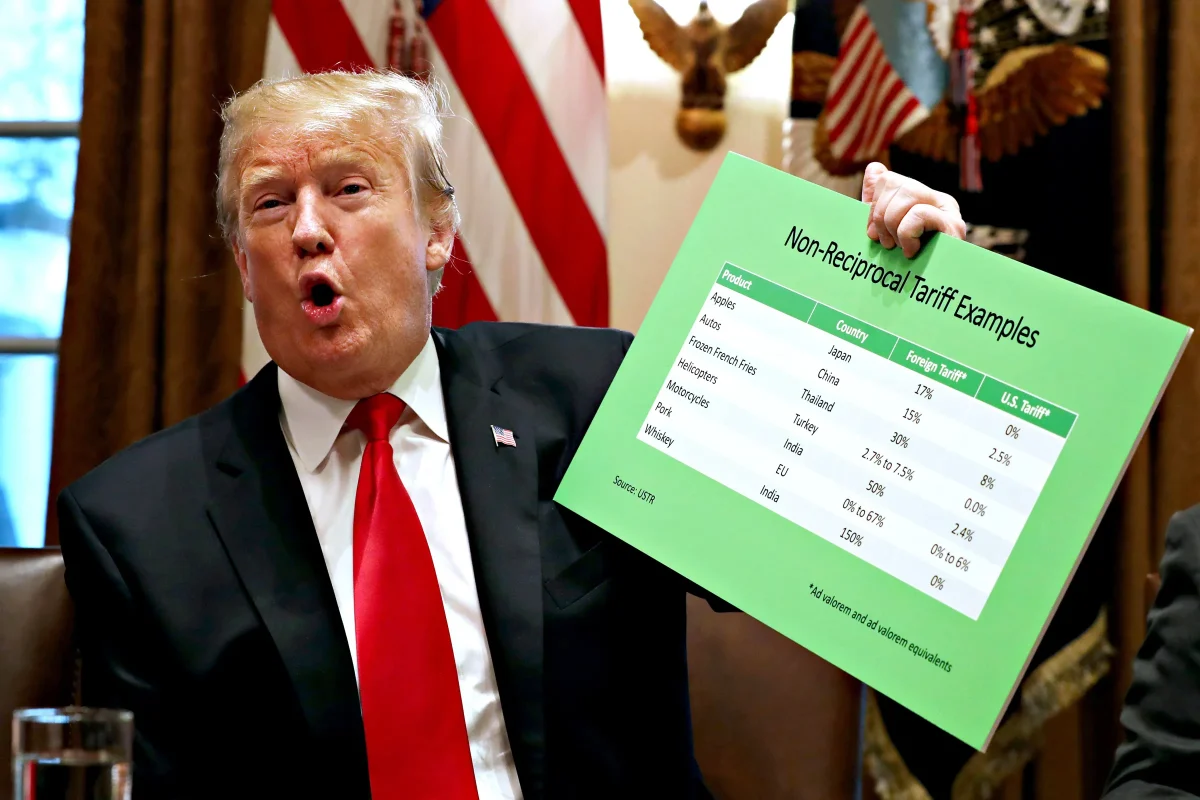
What is Gold Hydrogen? Gold hydrogen is a carbon-neutral fuel source that reshapes the world’s transition away from fossil fuels. Gold hydrogen is extracted through a similar process to natural gas and oil is pulled from the earth. Hydrogen gas forms underground such as when iron-rich rocks interact with water. Hydrogen gas can then flow into subsurface reservoirs, where it then can be extracted. The only problem with gold hydrogen is that most of the hydrogen is too far offshore to drill or is too small to extract, researchers found pockets where it would be extracted for commercial interest. The geological model aims to help the U.S. find locations where exploitable hydrogen reserves can be extracted. The model pinpoints areas that have the ingredients for gold hydrogen, like abundant iron-rich rocks and porous sandstone that could serve as reservoirs. Parts of the Great Plains and Upper Midwest known as the Midcontinental Rift have been identified as potential locations for hydrogen. However, the model cannot tell companies where exactly to drill, it only maps 50-kilometer areas. It doesn’t give exact locations on where to drill.
Three Barrels of oil is equivalent or about a tenth of the output of a small wind turbine. Morgan Rote, (Director of the U.S Climate at the Environmental Defense Fund) stated that “there are some potential environmental concerns with hydrogen drilling, including the possibility that planet-warming methane will be extracted along with the gold hydrogen”. In a scenario where 75 percent of drilled gas is hydrogen and 22.5 percent is methane, gold hydrogen’s emissions would increase to 1.5 kilograms of CO2 equivalent per kilogram of hydrogen, according to the study. Other researchers noted that any hydrogen gas that leaks during the drilling process could further warm the planet because hydrogen is an indirect greenhouse gas. Hydrogen can increase the lifespan of methane in the atmosphere. Scientists believe that this could have an incredible impact for the human race.













